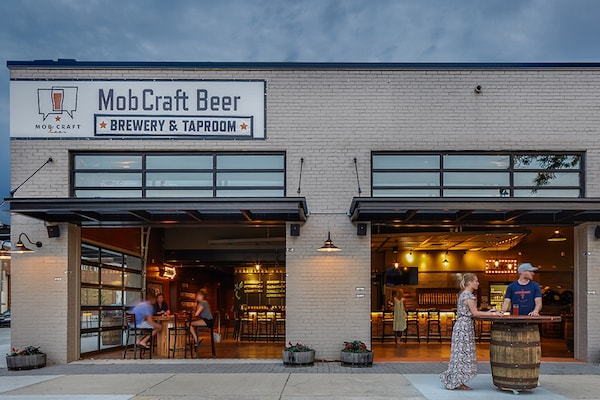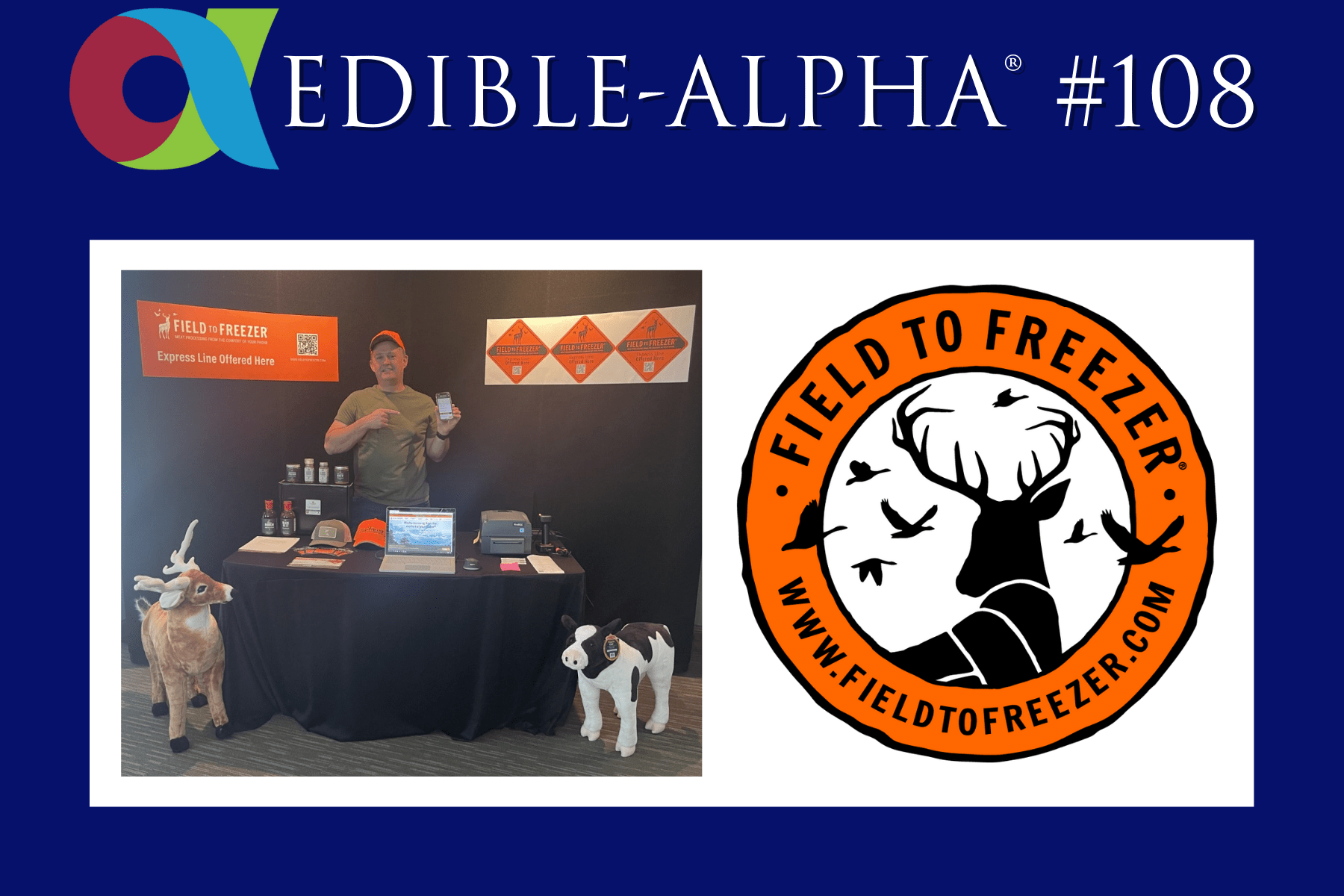Subscribe: Apple Podcasts | Spotify | Amazon Music | iHeartRadio | RSS | More
[vc_row][vc_column][vc_column_text]In Edible-Alpha® episode #24, Tera talks with Henry Schwartz of MobCraft Beer, a brewery with a unique business model of crowdsourcing ideas for beer recipes from their customers. They generally get about 50-60 ideas for beers per month, which are then vetted by how popular they are via social sharing. Then, people vote on 8 beers with their wallets by pre-authorizing their credit cards to be charged if their beer wins, and the beer with the most pre-authorizations is what is brewed that month at the brewery.
MobCraft currently works with 4 distribution companies in Wisconsin and some distribution outside the state. Shipping beer is a very tedious and tough process and in Wisconsin, you can ship wine directly but it is illegal in Wisconsin to ship beer directly. There are vast differences in the way the beer brewing and distribution legal landscape is by state. Henry and his partner Andrew began making their beer at a co-packing facility but found it hard to coordinate with the co-packer’s schedule in general. And, because they have such unique ingredients/formulations/deadlines given their model, it was difficult for co-packers to adjust their production to fulfill orders. They started looking to build their own brewery after 3 years of brewing with a co-packer.
Their brewery/taproom in Milwaukee cost just over $2 million to build. When MobCraft first started to raise money to finance their facility, they looked for institutional capital at first without much success. They then pursued equity crowdfunding (which dovetailed well with their business model) through the Wisconsin crowdfunding exemption. However, it was just as difficult to raise money via crowdfunding as other more traditional capital sources due to the disclosure requirements and they did not raise as much money as they wanted or needed via crowdfunding.
Knowing how much equity they needed vs. debt to finance their facility build out and equipment needs helped them pitch specific asks to both banks and investors. They took advantage of the SBA 7a program to raise the debt they needed, talking to multiple banks before securing bank financing. They also worked with the landlord of their facility to help finance the improvements to the space, which worked as equity when approaching the bank. They then strategically sold their distribution rights to help raise cash.
Shark Tank reached out to them to apply to be on the Shark Tank T.V. show. They were selected to fly out to California and pitch, which they felt was a great experience. They didn’t take investment from the “Sharks” because they wanted MobCraft to change their business model by not building out their own manufacturing capacity (which, while it involves equipment, allows them to develop unique processes) and not building a taproom (which helps them with cashflow and brand building).
They feel it is important to have events at their brewery and taproom, taking advantage of their walkable location and letting people bring in food to attract foot traffic. They are planning to raise capital to expand their ecommerce capabilities, including targeted online advertising and improving the user experience of their site. They are also planning to open up more retail locations while keeping their crowdsourcing roots.[/vc_column_text][/vc_column][/vc_row]

